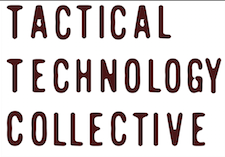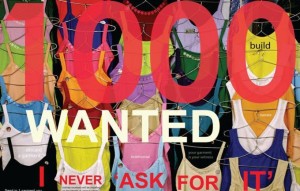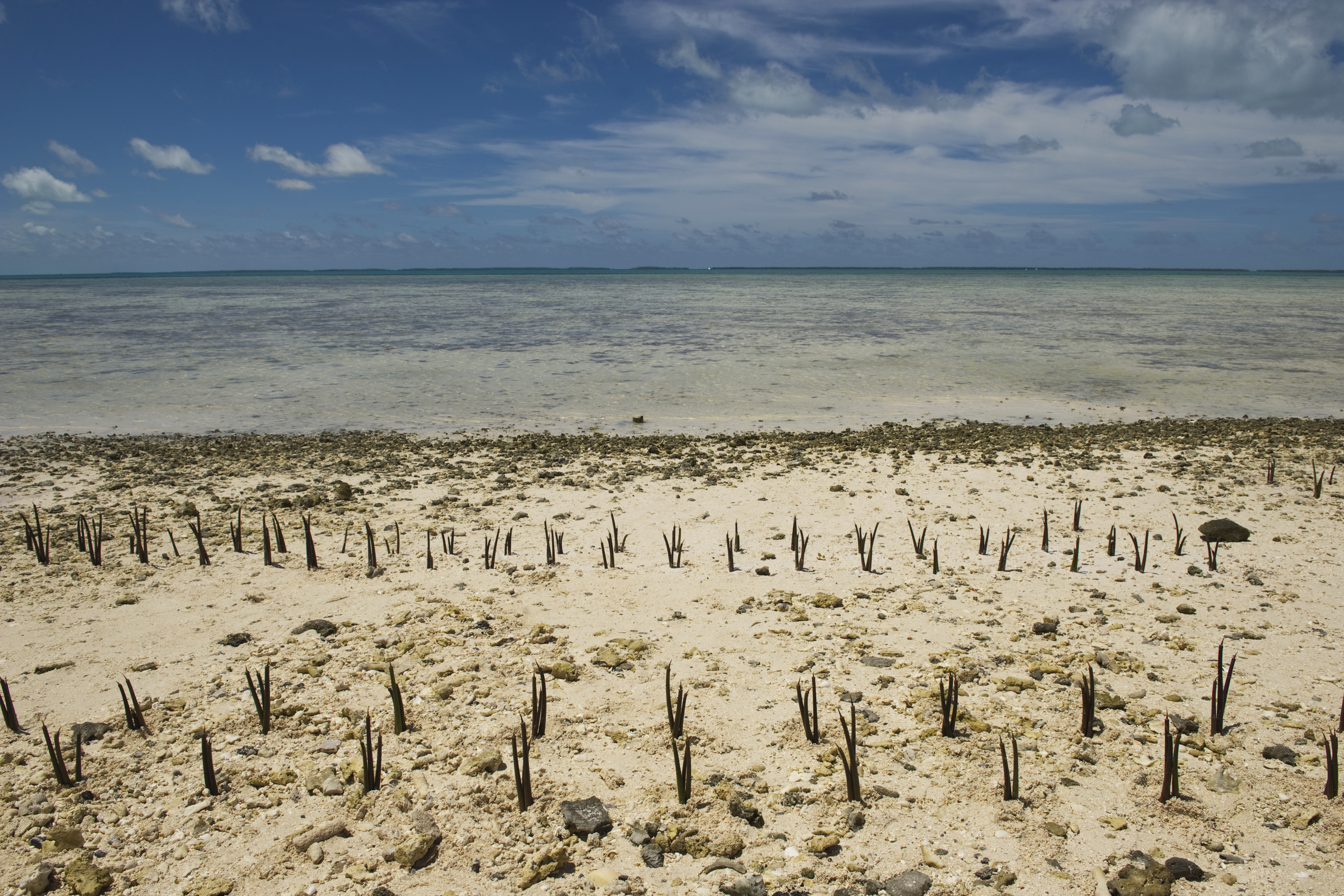Data is a Team Sport: Data-Driven Journalism
Dirk Slater - June 20, 2017 in Community, Data Blog, Event report
Data is a Team Sport is a series of online conversations held with data literacy practitioners in mid-2017 that explores the ever evolving data literacy eco-system.
Cut and paste this link into your podcast app to subscribe: http://feeds.soundcloud.com/users/soundcloud:users:311573348/sounds.rss or find us in the iTunes Store and Stitcher.
[soundcloud url=”https://api.soundcloud.com/tracks/328987340″ params=”color=ff5500&auto_play=false&hide_related=false&show_comments=true&show_user=true&show_reposts=false” width=”100%” height=”166″ iframe=”true” /]
In this episode we speak with two veteran data literacy practitioners who have been involved with developing data-driven journalism teams.
Our guests:
 Eva Constantaras is a data journalist specialized in building data journalism teams in developing countries. These teams that have reported from across Latin America, Asia and East Africa on topics ranging from displacement and kidnapping by organized crime networks to extractive industries and public health. As a Google Data Journalism Scholar and a Fulbright Fellow, she developed a course for investigative and data journalism in high-risk environments.
Eva Constantaras is a data journalist specialized in building data journalism teams in developing countries. These teams that have reported from across Latin America, Asia and East Africa on topics ranging from displacement and kidnapping by organized crime networks to extractive industries and public health. As a Google Data Journalism Scholar and a Fulbright Fellow, she developed a course for investigative and data journalism in high-risk environments. Natalia Mazotte is Program Manager of School of Data in Brazil and founder and co-director of the digital magazine Gender and Number. She has a Master Degree in Communications and Culture from the Federal University of Rio de Janeiro and a specialization in Digital Strategy from Pompeu Fabra University (Barcelona/Spain). Natalia has been teaching data skills in different universities and newsrooms around Brazil. She also works as instructor in online courses in the Knight Center for Journalism in the Americas, a project from Texas University, and writes for international publications such as SGI News, Bertelsmann-Stiftung, Euroactiv and Nieman Lab.
Natalia Mazotte is Program Manager of School of Data in Brazil and founder and co-director of the digital magazine Gender and Number. She has a Master Degree in Communications and Culture from the Federal University of Rio de Janeiro and a specialization in Digital Strategy from Pompeu Fabra University (Barcelona/Spain). Natalia has been teaching data skills in different universities and newsrooms around Brazil. She also works as instructor in online courses in the Knight Center for Journalism in the Americas, a project from Texas University, and writes for international publications such as SGI News, Bertelsmann-Stiftung, Euroactiv and Nieman Lab.
Notes from this episode
Our first conversation on Data-Driven Journalism featured Eva Constantaras, on her work in developing data-driven journalism teams in Afghanistan and Pakistan, and Natalia Mazotte on her work in Brazil. They discussed what they have learned helping journalists think through how they can use data to drive social change. They agreed that good journalism necessarily includes data-driven approaches in order uncover facts and the root causes of societal problems.
Eva strives to motivate journalists to look beyond the fact that corruption exists and dig deeper into the causes and impacts. She has seen data journalists in Europe and North America making a choice to focus, for example, on polling data rather than breaking down the data behind the candidates’ policies. Eva sees this as a mistake and is committed to making emerging data journalists understand why this is problematic. Finally, Eva made a critique of the approach funders take in the field of data literacy, often putting too much emphasis on short-term solution rather than investing in long-term data capacity building programmes. This is something that School of Data has long struggled with from third-party funders and clients alike. It’s clear that more work needs to be done to explaining what short term programmes can and, more importantly, cannot achieve.
Natalia primarily discussed School of Data Brazil’s Gender and Number project. The project was designed to use data to move the discussion on gender equality past arguments based on traditional roles. She is concerned about the growing ‘data literacy’ gap between those with power, government and corporations, and those without power, people living in the favelas. In Brazil, the media landscape is changing as the mainstream are reporting on ‘what’s happened’ while independent media is doing the more investigative reporting on ‘why it’s happened’.
They wanted to plug:
- Eva: UNDP summer data journalism institute
- Natalia: Gender and Number
Readings/Resources they find inspiring for their work.
- Global Data Journalism Awards 2017 Shortlist
- Seeing theory – a visual introduction to statistics and probability
Resources contributed from the participants:
- Ten simple rules for responsible big data research
- Knight Center’s MOOC at journalismcourses.org
- Translating Oxfam’s Responsible Data Policy into practice, two years on
- The Curious Journalist’s Guide to Data
View the online conversation in full:
[youtube https://www.youtube.com/watch?v=92kAsMxw-Q4]






